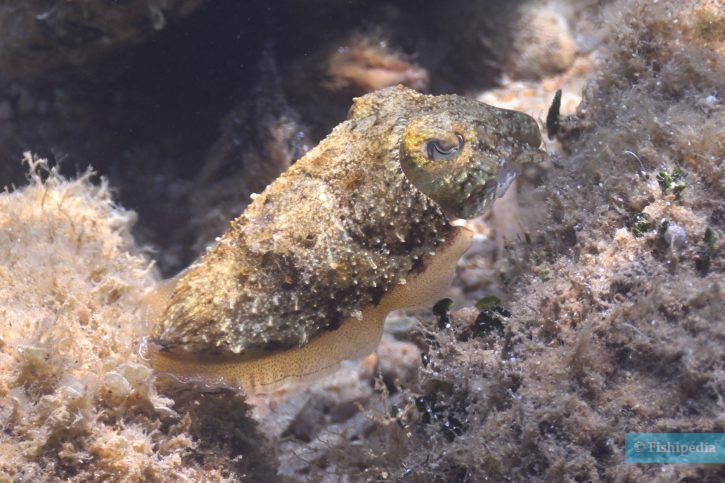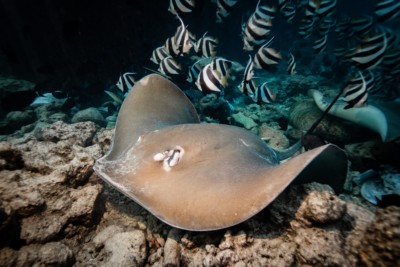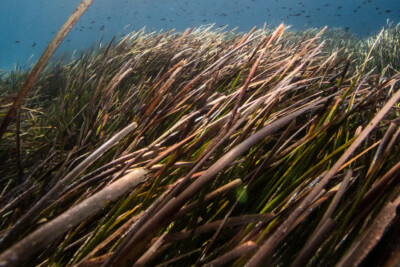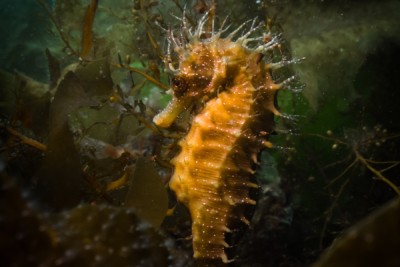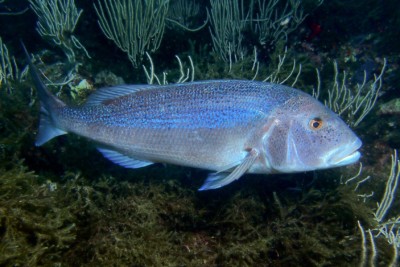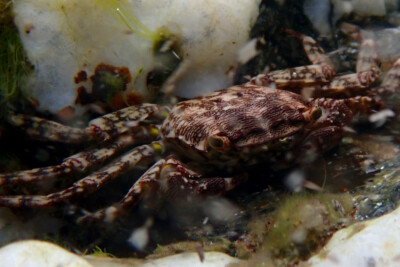common cuttlefish
| Scientific name | Sepia officinalis |
|---|---|
| Descriptor | Linnaeus |
| Year of description | 1758 |
| IUCN category (World) | LC |
| Family | Sepiidae |
| Genus | Sepia |
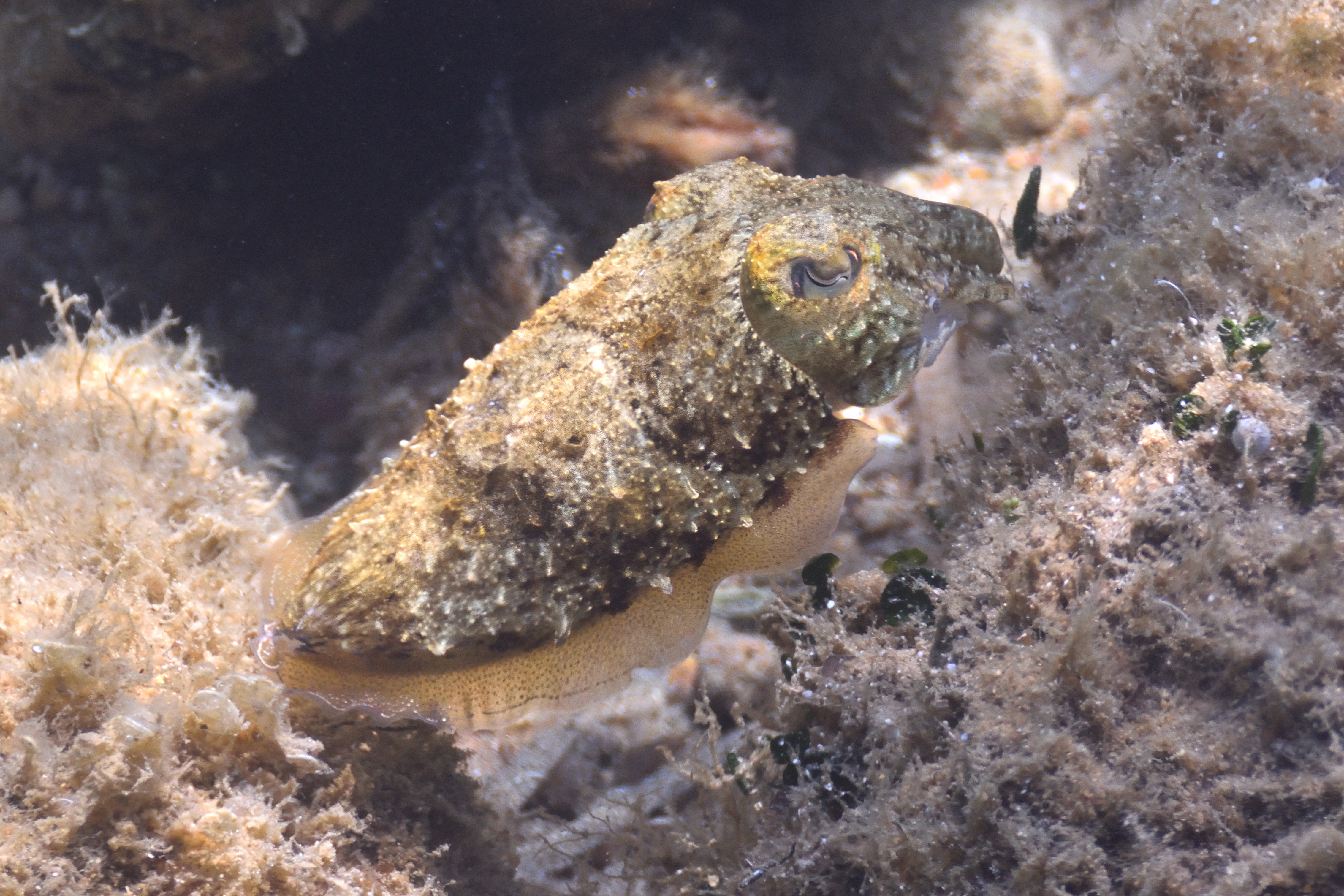

Introduction
Sepia officinalis, commonly known as common cuttlefish, is a salt water mollusc.
This sheet is currently being prepared. The texts currently proposed come from our data model or are being drafted. To request priority for this content, you can write to us HERE.
Who is it?
Genus Sepia
The species of the genus Sepia are commonly called cuttlefish. They are found in most tropical and subtropical seas and oceans. Cuttlefish have an endoskeleton called cuttlebone. Made up of limestone, it grows floor after floor, becoming more complex (like a building on its foundations).
Cuttlefish vary the amount of gas present in the cavities thus created. This allows it to precisely regulate its buoyancy depending on how deep under water it is situated.Research is being conducted to understand why the bone structure changes with age. One of the hypothesis suggests that the more complex the skeleton, the better resistance to pressure and the better adjustment of the quantity of gas in the cavities. This may help the migration of adult cuttlefish to deeper waters.
The dorso-ventral part of cuttlefish is flat. Like for all cephalopods, the mouth has a beak and is positioned at the level of the feet. Around its mouth,the cuttlefish has 10 tentacles : 8 short ones with a sucker on all the inside, and 2 retractable used for hunting. These 2 ones have hammers with 6 rows of suckers at their end.
Morphology
-
Type
-
Size20 - 45 cm
-
Colourschanging
-
Mimicrymultiple
-
Type of mouthbeak
-
ChromatophoresYes
-
Motifmottling
-
Type
-
Size20 - 45 cm
-
Colourschanging
-
Mimicrymultiple
-
Type of mouthbeak
-
ChromatophoresYes
-
Motifmottling
How to recognize This mollusc ?
The common cuttlefish measures between 20 and 45 cm. The has mottling.
Behaviour & Life cycle
-
SociabilityThe following information corresponds to the mode of sociability once sexual maturity has been reached.solitary
-
Way of livingdiurnalAn animal is said to be diurnal when it lives during the day.
-
VenomousNo
-
Dietpredator
Chromatophores are pigment cells that reflect light in the integument of some animals. They are mostly responsible for the color of the skin and eyes of cold-blooded animals and are created by the neural crest during embryonic development.
The common cuttlefish is a mollusc solitary naturally found at mid-depth and near the bottom. This species is carnivorous .
n general, this species does not care much about other animals crossing its path.
Reproduction
-
Reproductionovipare qui pond sur substrat découvert
The common cuttlefish is a mollusc ovipare qui pond sur substrat découvert.
Harmless species
This species does not represent any particular threats to humans when encountered in its natural environment.
Origin and distribution
Conservation status of populations (IUCN)
What is its habitat?
Natural environment characteristics
-
Depth0 - 200 m
-
EnvironmentActive pelagic
Biotope presentation
The common cuttlefish is most often found at a depth between 0m and 200m. However, it is not impossible to find this species at other depths.
Species of the same biotope
Fishkeeping
Not recommended
We do not recommend keeping this species in an aquarium. It has unpredictable needs which, if not met, generate significant stress, potentially leading to a shorter life expectancy, an interruption of its growth or the development of pathogens.
To go further
Sources & Contributions
Participation & Validation
The Fishipedia team and specialist contributors are committed to providing high-quality content. However, although the information comes from scientific sources or testimonials from specialists, the cards may contain inaccuracies.
Translation
Translation done with the valuable contribution of our translators, who make this information available to a wider audience. We sincerely thank them for their commitment.
Bibliographic references
Control of Zootechnology Leads to Improved Cuttlefish (Sepia officinalis, L.) Reproduction Performance up to Pre-industrial Levels - Juan C. Capaz - Daniel Hernández-Brooke - Safia Balvet - Ana T. Couto - Alexandra C. Alves - Rui A. Gonçalves - Paulo A. Frias - José P. Andrade - António V. Sykes - - 2020.
Cephalopods of the world - Volume 1. Chambered Nautiluses and Sepioids (Nautilidae, Sepiidae, Sepiolidae, Sepiadariidae, Idiosepiidae and Spirulidae) - Juan C. Capaz - Daniel Hernández-Brooke - Safia Balvet - Ana T. Couto - Alexandra C. Alves - Rui A. Gonçalves - Paulo A. Frias - José P. Andrade - António V. Sykes - FAO Fisheries Synopsis - 2005.
Scientific partners
Tags
Same genus
Species of the same biotope
